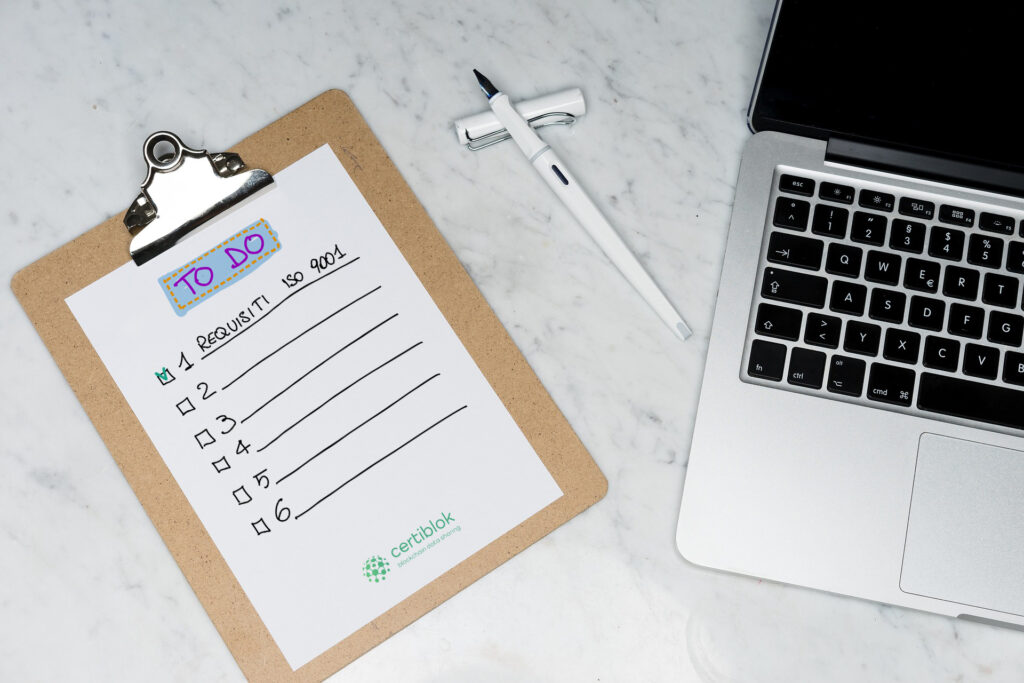ISO 9001 certification is an international recognition that certifies a company’s quality management system complies with the requirements of the ISO 9001 standard. Obtaining ISO 9001 certification can bring many benefits to the company:
- Increased product and process quality
- Increased customer satisfaction
- Increased productivity
In this article, we will look at how to obtain ISO 9001 certification and the necessary steps to do so.
Understand the requirements of the ISO 9001 standard
The first step to obtaining ISO 9001 certification is understanding the requirements of the standard. The ISO 9001 standard establishes the requirements for an effective quality management system, which must be based on principles such as customer focus, staff involvement, process management, continual improvement and risk management.Implement a quality management system
Once the standard’s requirements are understood, the company must implement a quality management system that meets those requirements. This means the company must define its quality policy, establish quality objectives, identify quality management system processes and define standard operating procedures to manage them.Train personnel
Staff are a key element for the success of the quality management system. It is important to train staff on ISO 9001 requirements and standard operating procedures, providing them with the skills and knowledge necessary to successfully implement the quality management system.Conduct an internal audit
Before the certification audit, it is important to conduct an internal audit to verify the quality management system has been correctly implemented and meets ISO 9001 requirements. The internal audit must be conducted by internal personnel or an external consultant to identify any issues and correct them before the certification audit.Conduct the certification audit
The certification audit is carried out by an independent certification body that verifies the company’s quality management system complies with ISO 9001 requirements. During the audit, auditors will verify documentation, processes and conformity of the quality management system to standard requirements. With digital tools that enable document sharing and real-time communication between the auditor and the inspected company, it is possible to conduct remote audits. A remote audit is a verification procedure conducted remotely without the physical presence of the auditor. The innovative Certiblok platform can provide valid support for remote management. Thanks to its document repository functionality and secure architecture, Certiblok allows easily and quickly sharing the documents requested by the auditor, ensuring traceability and integrity of the documents themselves.Address any non-conformities
During the certification audit, non-conformities or issues may arise that the company must address. In this case, the company must implement corrective actions to resolve non-conformities and ensure continuous conformity to the quality management system.
In conclusion, obtaining ISO 9001 certification requires significant commitment from the company but can bring many benefits in terms of product and process quality, customer satisfaction and productivity.
For smart management of the entire process, Certiblok represents the ideal solution for companies wishing to initiate and maintain a certification process, ensuring continuous compliance with ISO 9001 standard requirements. With its user-friendly interface, integrated video communication system and simplified document management, Certiblok confirms itself as the reference platform for remote audits and ISO 9001 certification management.


